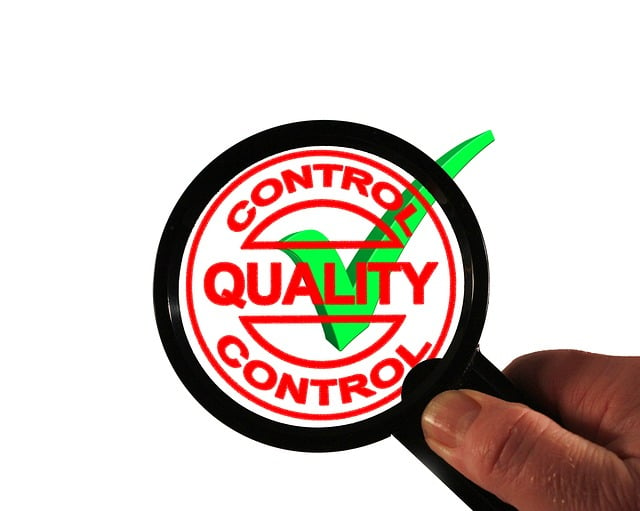Understanding mortgage lender expectations for mold remediation is crucial to avoid mortgage issues due to mold. Lenders prioritize safe, habitable properties and require adequate remediation to protect property value. Sellers are typically responsible for covering costs but must disclose known mold problems to avoid legal complications. Prompt inspection, targeted remediation, regular maintenance, and open communication with lenders are key strategies to mitigate these mortgage issues.
In the realm of real estate, encountering mold can be a significant hurdle, especially regarding mortgage lender requirements. When sellers face mold remediation, an important question arises: should they bear the financial burden? This article delves into the complex landscape of mortgage issues due to mold, exploring cost vs. benefits, legal implications, and effective strategies. By understanding these factors, sellers can make informed decisions, ensuring a smooth transition in real estate transactions.
- Understanding Mortgage Lender Requirements for Mold Remediation
- The Cost vs. Benefits: Who Should Bear the Financial Burden?
- Legal Implications and Responsibilities in Real Estate Transactions
- Effective Strategies for Mitigating Mortgage Issues Caused by Mold
Understanding Mortgage Lender Requirements for Mold Remediation

Many homeowners facing mold remediation may wonder, “Should sellers pay for it?” Understanding mortgage lender requirements is crucial in this scenario. When it comes to mortgage issues due to mold, lenders typically prioritize ensuring properties are safe and habitable. If mold is detected during a home inspection prior to sale, the buyer’s lender might require the seller to address the issue before approving financing.
Lenders often consider mold remediation an essential repair rather than a cosmetic one. Failure to remediate mold properly can lead to further damage and health risks, which could negatively impact the property’s value. As such, sellers are usually expected to cover the costs of remediation to fulfill mortgage requirements and protect their investment.
The Cost vs. Benefits: Who Should Bear the Financial Burden?

When it comes to addressing mold remediation, the question of who should bear the financial burden is a complex one. On one hand, selling a property with an existing mold issue can lead to significant financial losses for sellers—not only in terms of the cost of remediation but also due to potential mortgage issues or decreased property value. Prompt action and effective remediation are essential to mitigate these risks and maintain a positive reputation in the real estate market.
On the other hand, buyers often expect sellers to address known issues like mold to ensure a safe and healthy living environment. Failing to do so could lead to legal complications and further financial strains, as buyers may seek compensation or even cancel the sale. Therefore, while it may seem burdensome for sellers to cover remediation costs, it is ultimately a smart investment in protecting their financial interests and ensuring a smoother transaction process.
Legal Implications and Responsibilities in Real Estate Transactions

In real estate transactions, the presence of mold can have significant legal implications and responsibilities for sellers. If a buyer discovers mold during their inspection, it could lead to disputes over who is responsible for its removal. Sellers must be aware that many states have laws addressing mold issues, particularly in homes built before 1978, when lead-based paint was commonly used. These laws often hold sellers accountable for disclosing known mold problems and taking reasonable steps to remediate them. Failure to do so could result in legal action by buyers, including financial compensation for repair costs or even the sale falling through, leading to mortgage issues due to mold.
Additionally, sellers should understand that undisclosed mold can impact their future insurance claims and property value. Lenders often require home inspections as part of mortgage applications, and the presence of mold may result in denied claims or higher insurance premiums. Thus, sellers have a moral and legal obligation to identify and address mold problems before listing their properties. Prompt remediation not only protects buyers but also helps sellers avoid potential legal pitfalls and financial losses associated with mortgage issues due to mold.
Effective Strategies for Mitigating Mortgage Issues Caused by Mold

When addressing mortgage issues caused by mold, proactive strategies are key. Sellers should begin with a thorough inspection, identifying any signs of water intrusion or mold growth early on. This initial step allows for a better understanding of the extent of the problem and enables targeted remediation. Regular maintenance practices such as promptly fixing leaks, ensuring proper ventilation, and addressing high humidity levels can significantly mitigate these issues.
In addition to prevention, open communication with lenders is vital. Sellers should inform their mortgage providers about any mold-related repairs or disclosures, as many lenders have specific guidelines for such situations. Lenders may require detailed reports from licensed professionals confirming the remediation’s effectiveness. By implementing these strategies, sellers can navigate mortgage issues due to mold more smoothly and maintain a positive relationship with their lending institutions.














